
Young Bess is a 1953 Technicolor biographical film made by Metro-Goldwyn-Mayer about the early life of Elizabeth I, from her turbulent childhood to the eve of her accession to the throne of England. It stars Jean Simmons as Elizabeth and Stewart Granger as Thomas Seymour, with Charles Laughton as Elizabeth's father, Henry VIII, a part he had played 20 years before in The Private Life of Henry VIII. The film was directed by George Sidney and produced by Sidney Franklin, from a screenplay by Jan Lustig and Arthur Wimperis based on the novel of the same title by Margaret Irwin (1944).

Elda Furry, known professionally as Hedda Hopper, was an American gossip columnist and actress. At the height of her influence in the 1940s, over 35 million people read her columns.

Stewart Granger was a British film actor, mainly associated with heroic and romantic leading roles. He was a popular leading man from the 1940s to the early 1960s, rising to fame through his appearances in the Gainsborough melodramas.
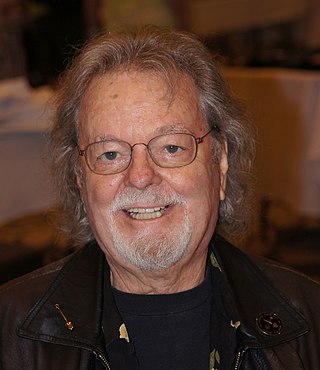
Russell Irving Tamblyn, also known as Rusty Tamblyn, is an American film and television actor and dancer.

Jeff Chandler was an American actor. He was best known for his portrayal of Cochise in Broken Arrow (1950), for which he was nominated for the Academy Award for Best Supporting Actor. He was one of Universal Pictures' more popular male stars of the 1950s. His other credits include Sword in the Desert (1948), Deported (1950), Female on the Beach (1955), and Away All Boats (1956). In addition to his acting in film, he was known for his role in the radio program Our Miss Brooks, as Phillip Boynton, her fellow teacher and clueless object of affection, and for his musical recordings.

Debra Paget is an American retired actress and entertainer. She is perhaps best known for her performances in Cecil B. DeMille's epic The Ten Commandments (1956) and in Elvis Presley's film debut, Love Me Tender (1956), as well as for the risqué snake dance scene in The Indian Tomb (1959).
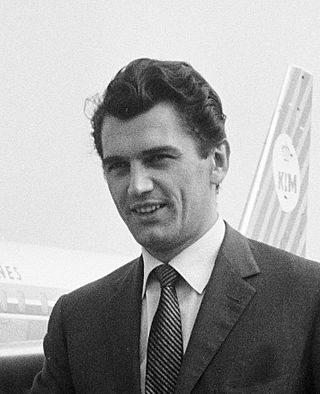
Edmund Anthony Cutlar Purdom was an English actor, voice artist, and director. He worked first on stage in Britain, performing various works by Shakespeare, then in America on Broadway and in Hollywood, and eventually in Italy. He is perhaps best known for his starring role in 1954's historical epic The Egyptian.
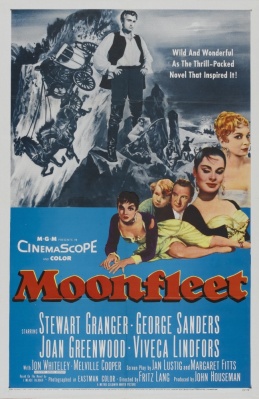
Moonfleet is a 1955 Eastman Color swashbuckler film shot in CinemaScope directed by Fritz Lang. It was inspired by the 1898 novel Moonfleet by J. Meade Falkner, although significant alterations were made in the characters and plot.

The Wonderful World of the Brothers Grimm is a 1962 American fantasy film directed by Henry Levin and George Pal. The latter was the producer and also in charge of the stop motion animation. The film was one of the highest-grossing films of 1962. It won one Oscar and was nominated for three additional Academy Awards. The cast included several prominent actors—including Laurence Harvey, Karlheinz Böhm, Jim Backus, Barbara Eden and Buddy Hackett.
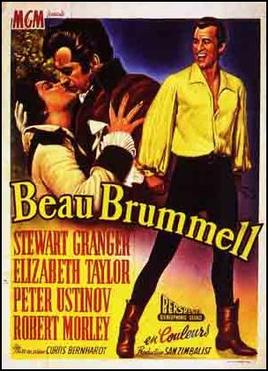
Beau Brummell is a 1954 British historical film released by Metro-Goldwyn-Mayer. It was directed by Curtis Bernhardt and produced by Sam Zimbalist from a screenplay by Karl Tunberg, based on the 1890 play Beau Brummell by Clyde Fitch. The play was previously adapted as a silent film made in 1924 and starring John Barrymore as Beau Brummell, Mary Astor, and Willard Louis as the Prince of Wales.

All the Brothers Were Valiant is a 1953 Technicolor adventure drama film produced by Metro-Goldwyn-Mayer and directed by Richard Thorpe. The film's screenplay was written by Harry Brown and based on the 1919 novel All the Brothers Were Valiant by Ben Ames Williams. The music score was led by Miklós Rózsa and the cinematography by George J. Folsey.
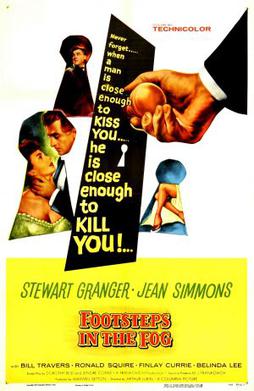
Footsteps in the Fog is a 1955 British Technicolor Victorian-era crime thriller starring Stewart Granger and Jean Simmons, with a screenplay co-written by Lenore Coffee and Dorothy Davenport, and released by Columbia Pictures. Directed by Arthur Lubin, the film is based on the W. W. Jacobs short story "The Interruption".
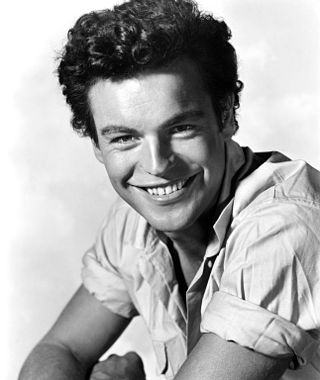
Beneath the 12-Mile Reef is a 1953 American Technicolor adventure film directed by Robert D. Webb and starring Robert Wagner, Terry Moore and Gilbert Roland. The screenplay was by A.I. Bezzerides. The film was the third motion picture made in CinemaScope, coming after The Robe and How to Marry a Millionaire. The supporting cast features J. Carrol Naish, Richard Boone, Peter Graves, Jay Novello, Harry Carey Jr. and Jacques Aubuchon.
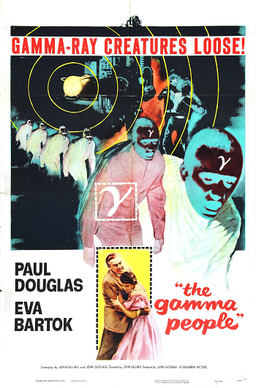
The Gamma People is a 1956 British-American black-and-white science fiction film, produced by John Gossage, directed by John Gilling, that stars Paul Douglas, Eva Bartok, and Leslie Phillips. The film was distributed by Columbia Pictures and evolved from a script treatment originally written in the early 1950s by Robert Aldrich. The Gamma People was released theatrically in the U.S. as a double feature with the 1956 British science fiction film 1984.

The King's Thief is a 1955 swashbuckling CinemaScope adventure film directed by Robert Z. Leonard, who replaced Hugo Fregonese during filming. Released on August 5, 1955, the film takes place in London at the time of Charles II and stars Ann Blyth, Edmund Purdom, David Niven, George Sanders and Roger Moore.
The Proud Ones is a 1956 American CinemaScope Western film directed by Robert D. Webb and starring Robert Ryan and Virginia Mayo. The film was based on the 1952 novel by Verne Athanas who after suffering an early heart attack, gave up logging and started writing under the pseudonym Bill Colson.

White Feather is a 1955 American CinemaScope Western film directed by Robert D. Webb and starring Robert Wagner. The movie was filmed in Durango, Mexico. The story is based on fact; however, the particulars of the plot and the characters of the story are fictional.

Hell on Frisco Bay is a 1956 American CinemaScope film noir crime film directed by Frank Tuttle and starring Alan Ladd, Edward G. Robinson and Joanne Dru. It was made for Ladd's own production company, Jaguar.
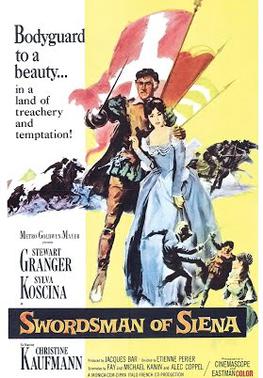
Swordsman of Siena is a 1962 French-Italian adventure film directed by Étienne Périer and Baccio Bandini and starring Stewart Granger, Sylva Koscina and Christine Kaufmann. The film is set in Spanish-controlled Italy during the sixteenth century.
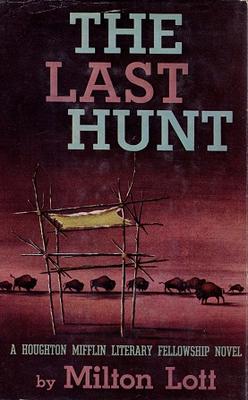
The Last Hunt is a 1954 western novel by Milton Lott, written while he was in one of George R. Stewart's classes. Lott worked on the novel while in school, and received a fellowship from Houghton Mifflin to finish the book. The book was later made into a film of the same name. It was published in German by the Deutsche Hausbücherei in 1956 as Die letzte Jagd.



















